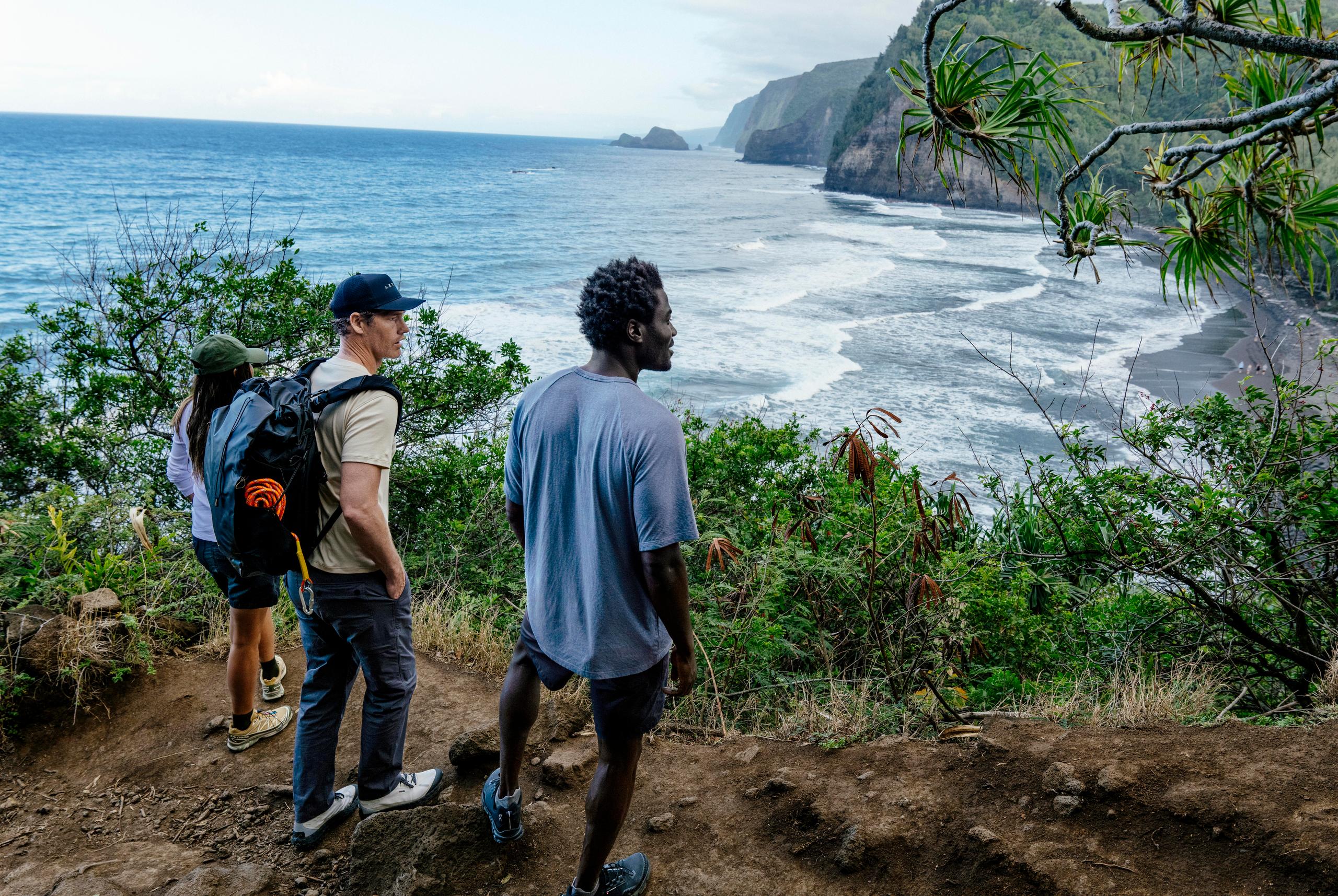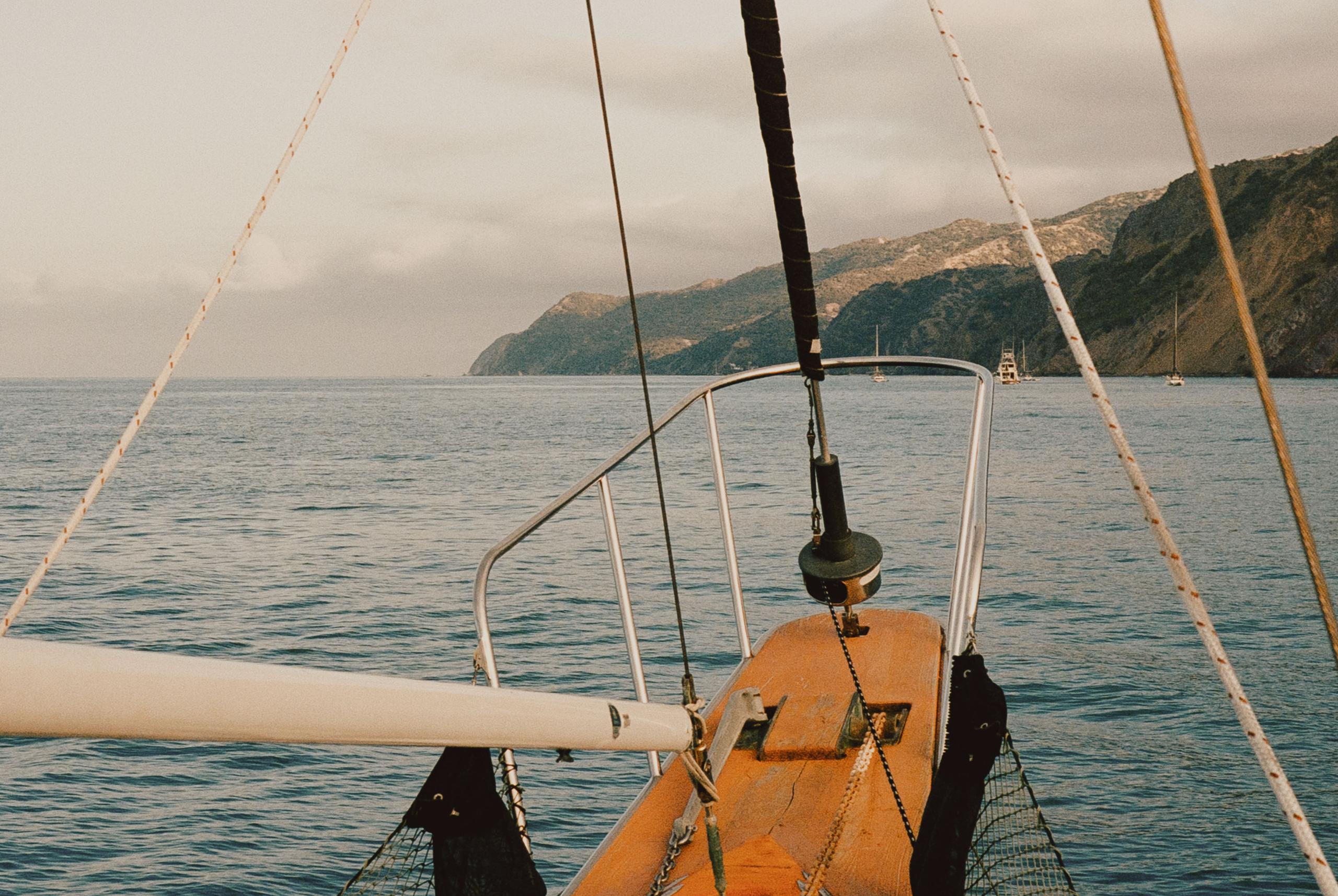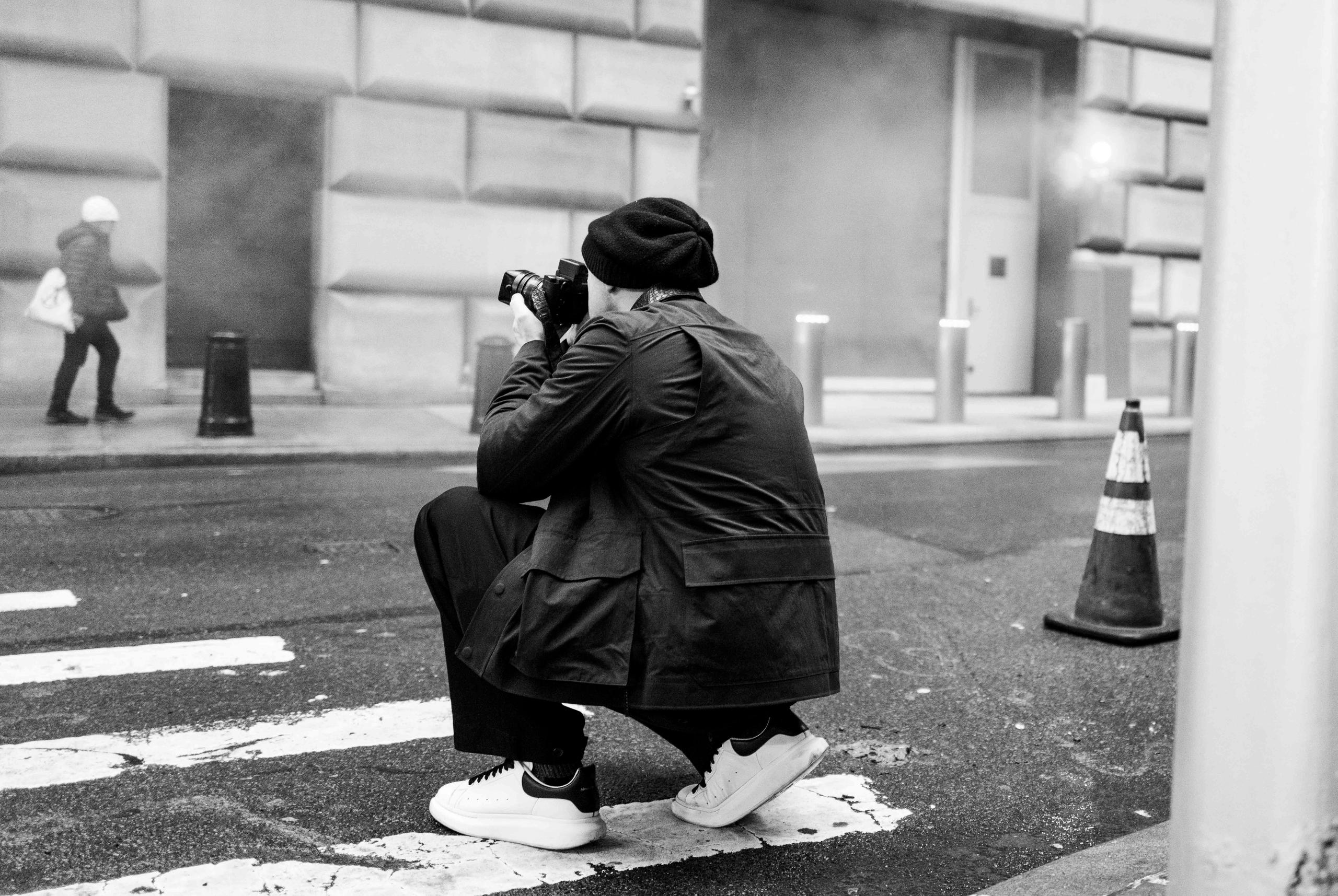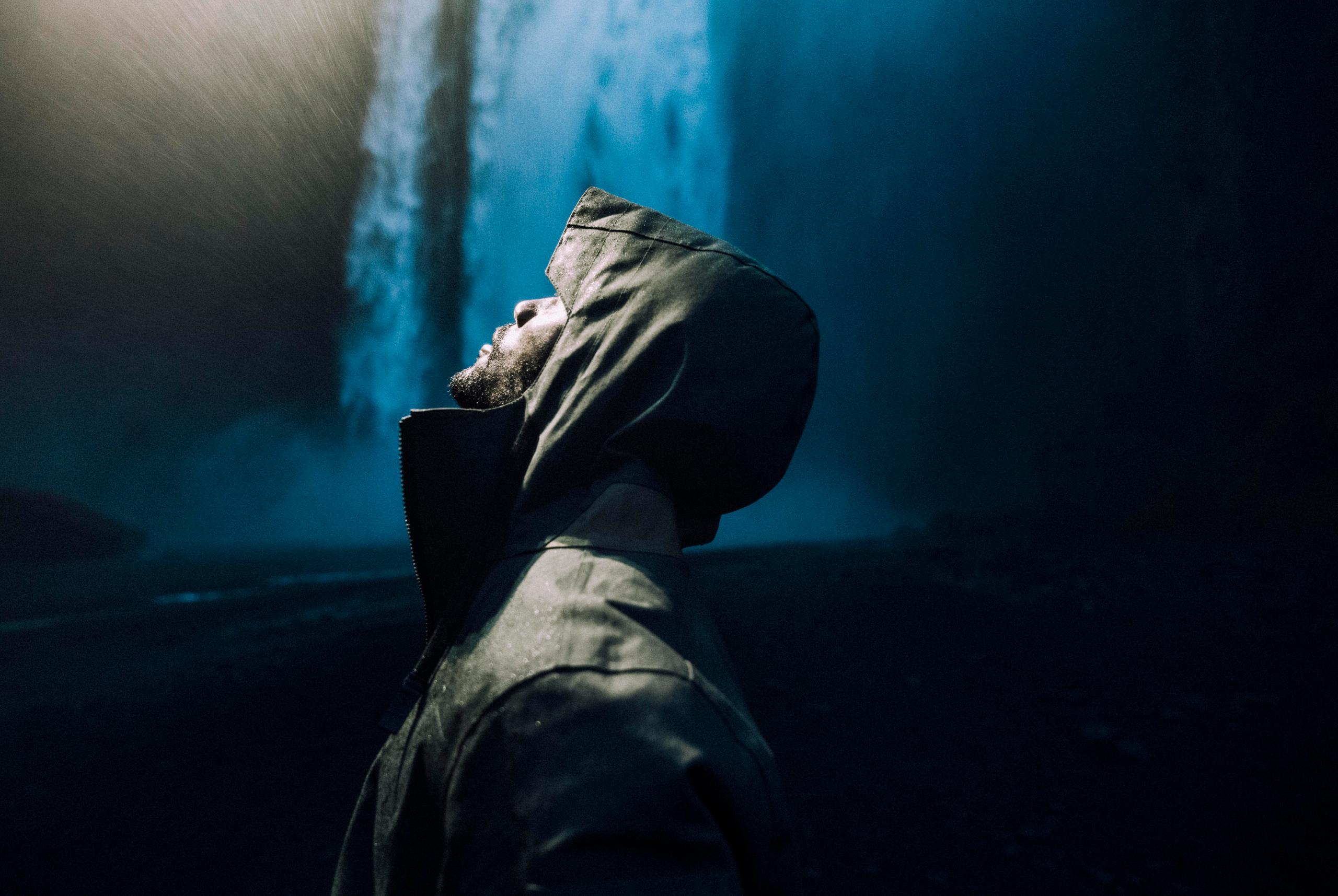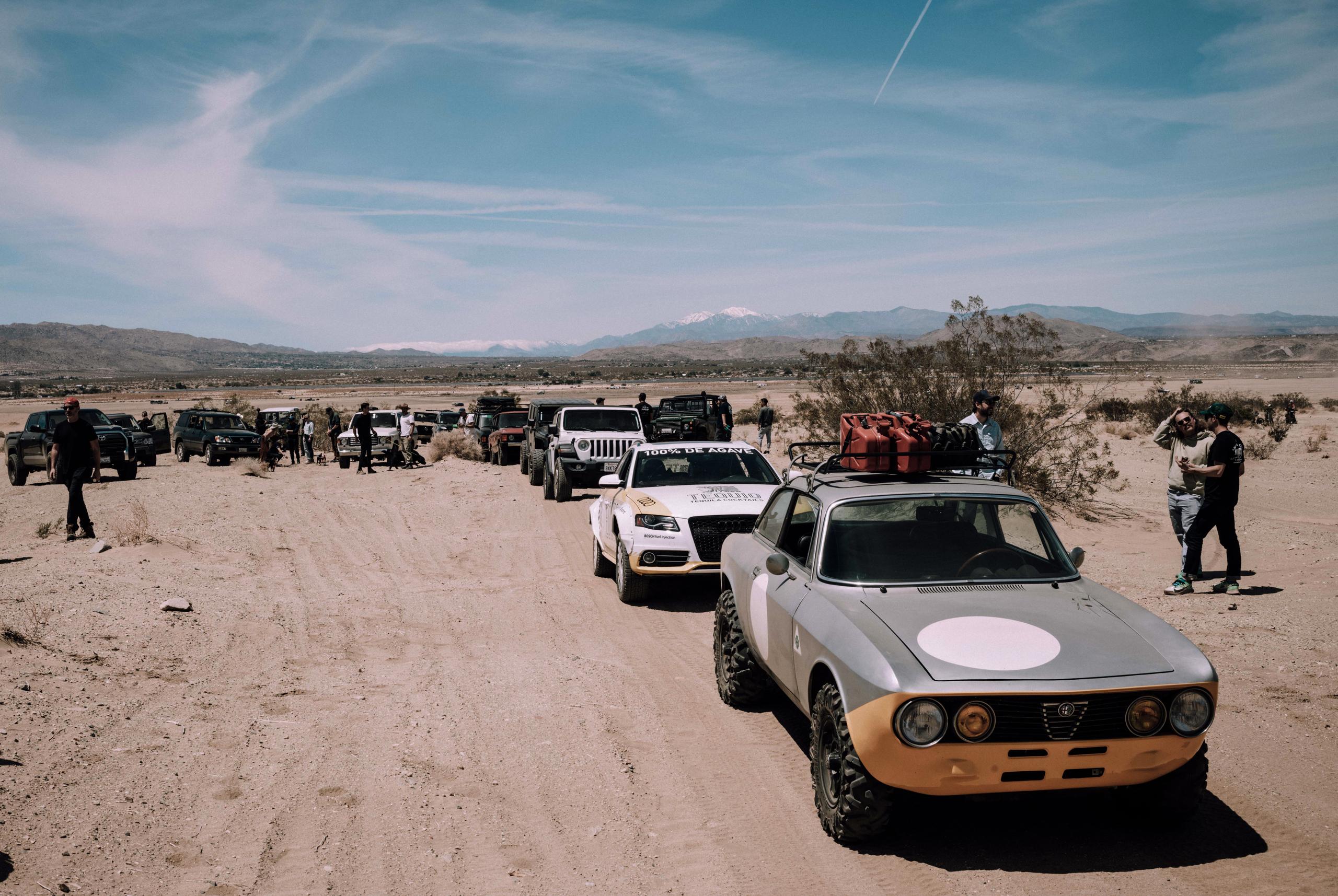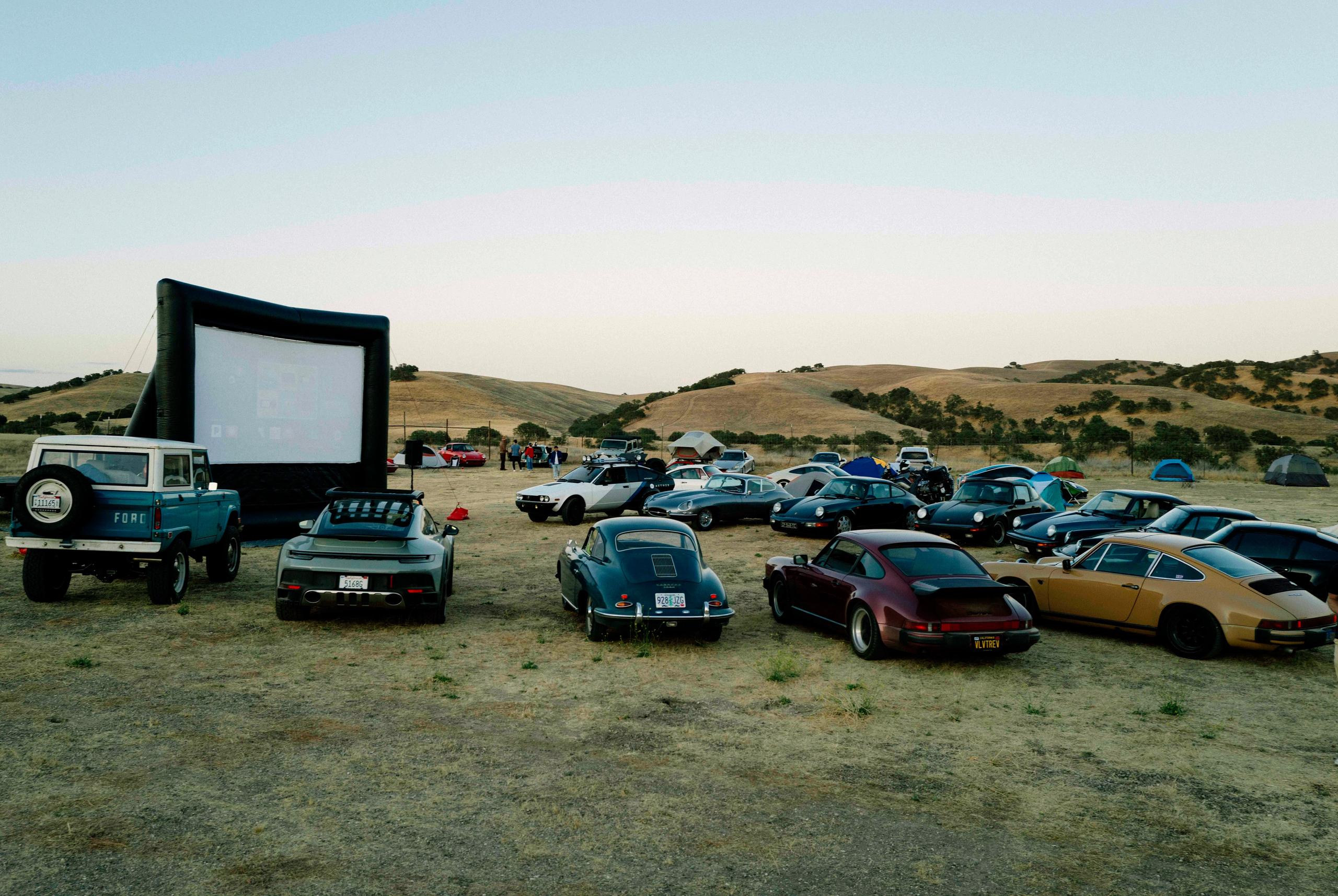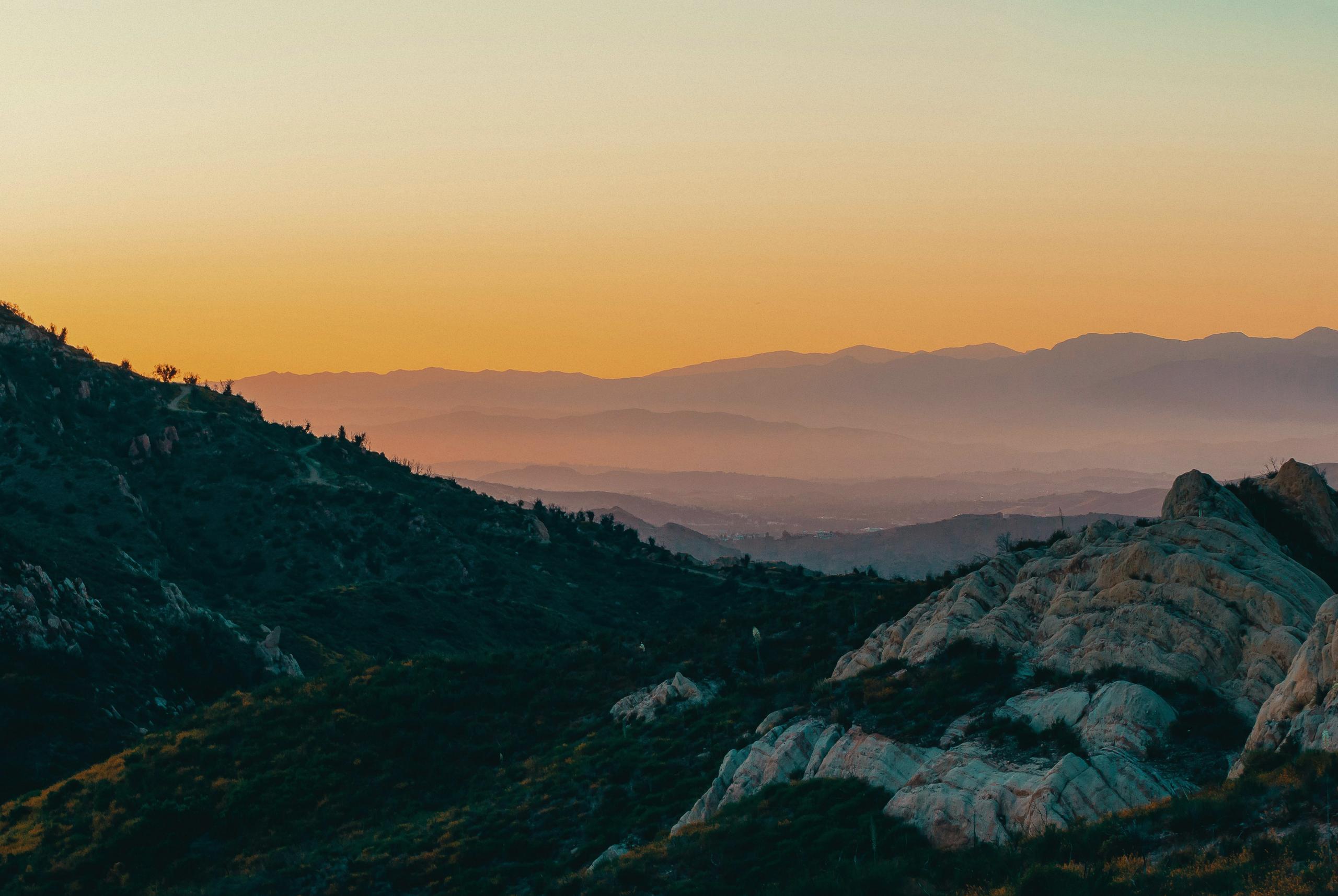
Smokejumpers 2 - The Environmental Impact of Wildfires
As part of our series on the heroic firefighters known as Smokejumpers, AETHER looks at the enormous frontline role they play in combating climate change and how they can serve as a vital tool to drastically reduce emissions and save lives.
Climate change is without question one of the most significant challenges of our era. With the world well on track to exceed the grim milestone of 1.5 °C above pre-industrial temperature levels by early in the 2030s, the stakes for complacency continue to rise, and with it, the increasingly dire consequences.
Unlike other challenges humanity has faced, we can all play an active role in averting the worst case scenarios. The small decisions we make regarding our consumption habits—the cars we drive, the food we eat, and the companies we support—add up to influence the temperature and overall health of the planet.
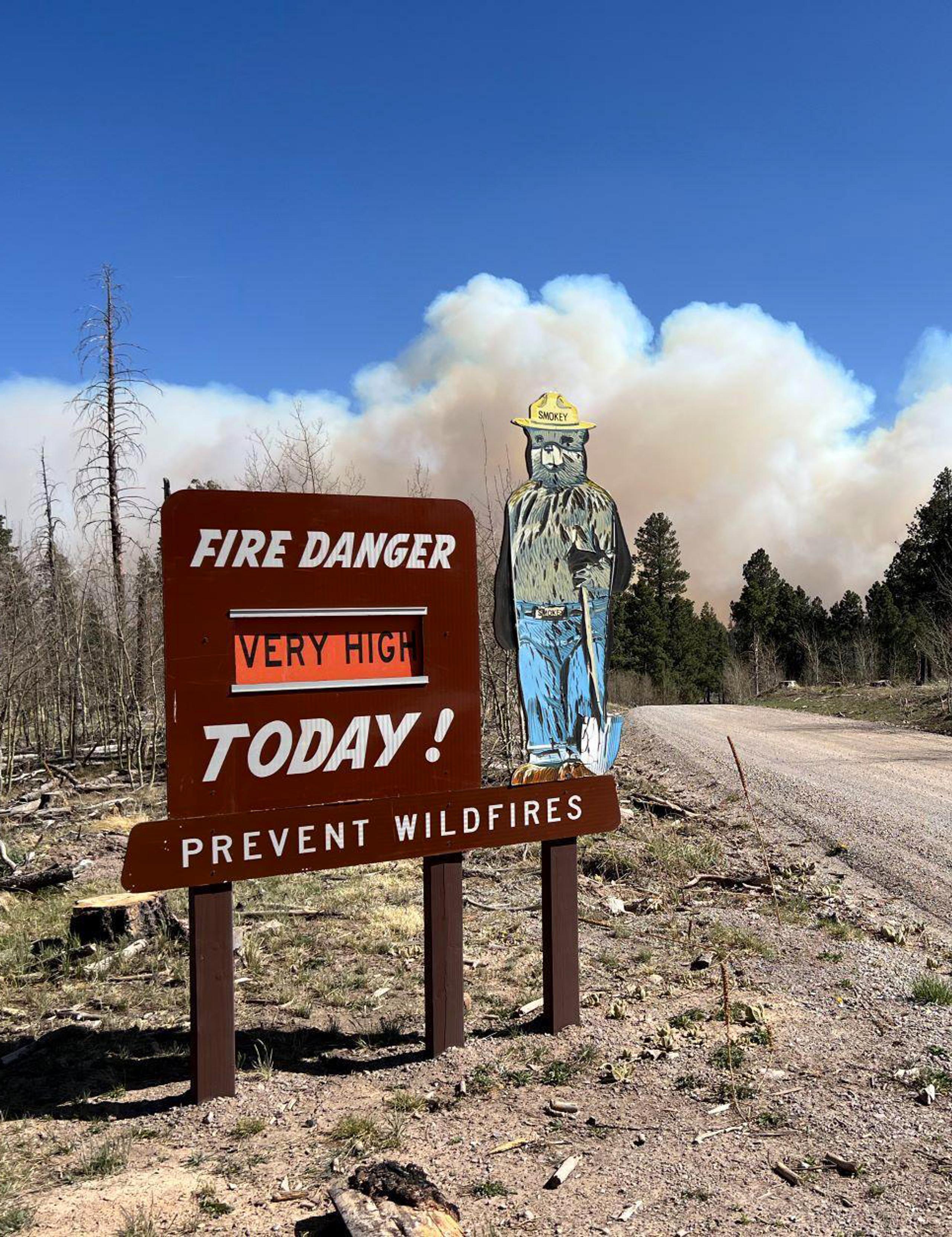
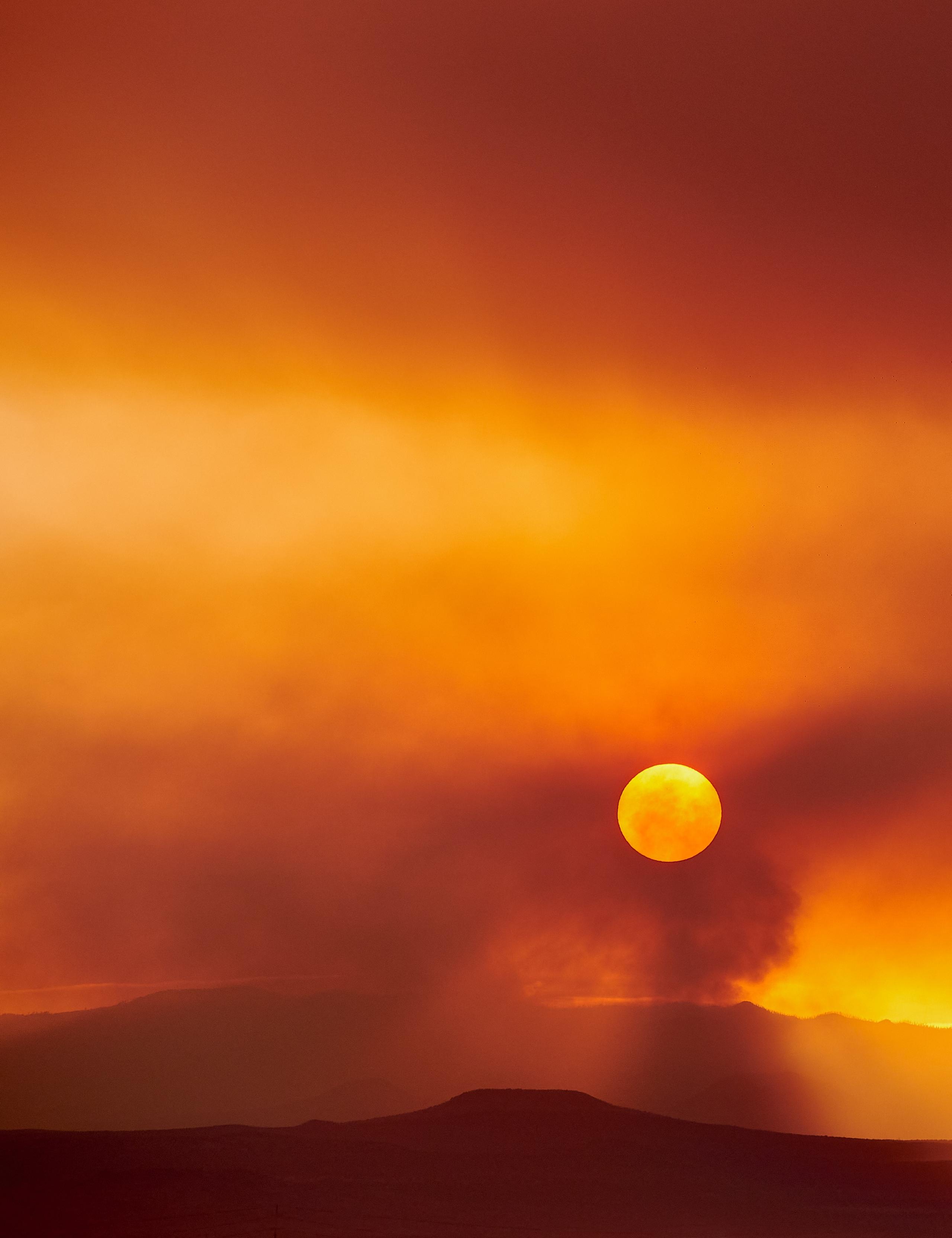
The state of California, where AETHER is based, has built a reputation as a leader in climate policy and innovation, recently enacting some of the most ambitious net zero targets in the country. However, we have yet to make notable progress in relation to wildfires, which emit millions of tons of carbon dioxide into the atmosphere each year and were not considered part of overall emissions until recently.
The release of carbon dioxide (CO2) into the atmosphere causes the planet to heat up, disrupting the delicate balance of the ecosystem and resulting in climate change. In 2020 alone, wildfires in the Golden State spewed more than 91 million tons of CO2 into the air; to compare, a single ton of CO2 amounts to the emissions produced by a one-way flight from Paris to New York City.
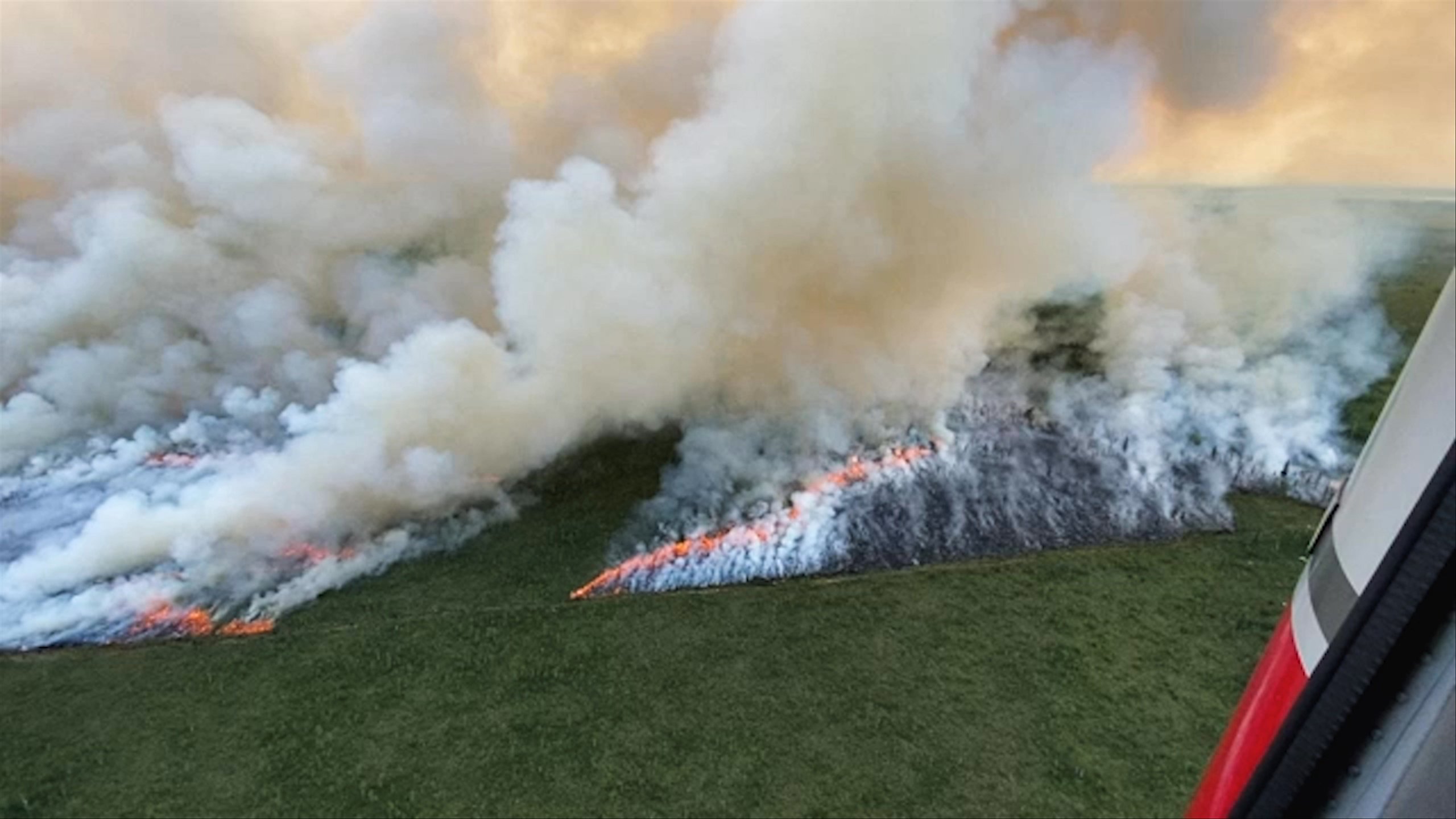

Dry Creek Fire, Alaska, 2021
“A lot of the hard-earned gains to fight climate change could be wiped out if we don’t start changing the way that we manage the forests,” said Michael Jerrett, a professor of environmental health sciences at the UCLA Fielding School of Public Health, in the Los Angeles Times.
It can’t be understated that reducing wildfires is absolutely imperative to slowing the warming of the planet. If a single season of out-of-control fires can obliterate the painstaking progress made in the previous decade and a half, finding a means to reduce the fires ought to be a climate priority.
We believe part of the answer lies with smokejumpers, an elite group of frontline firefighters who parachute into early fire zones and methodically stamp out the blaze.
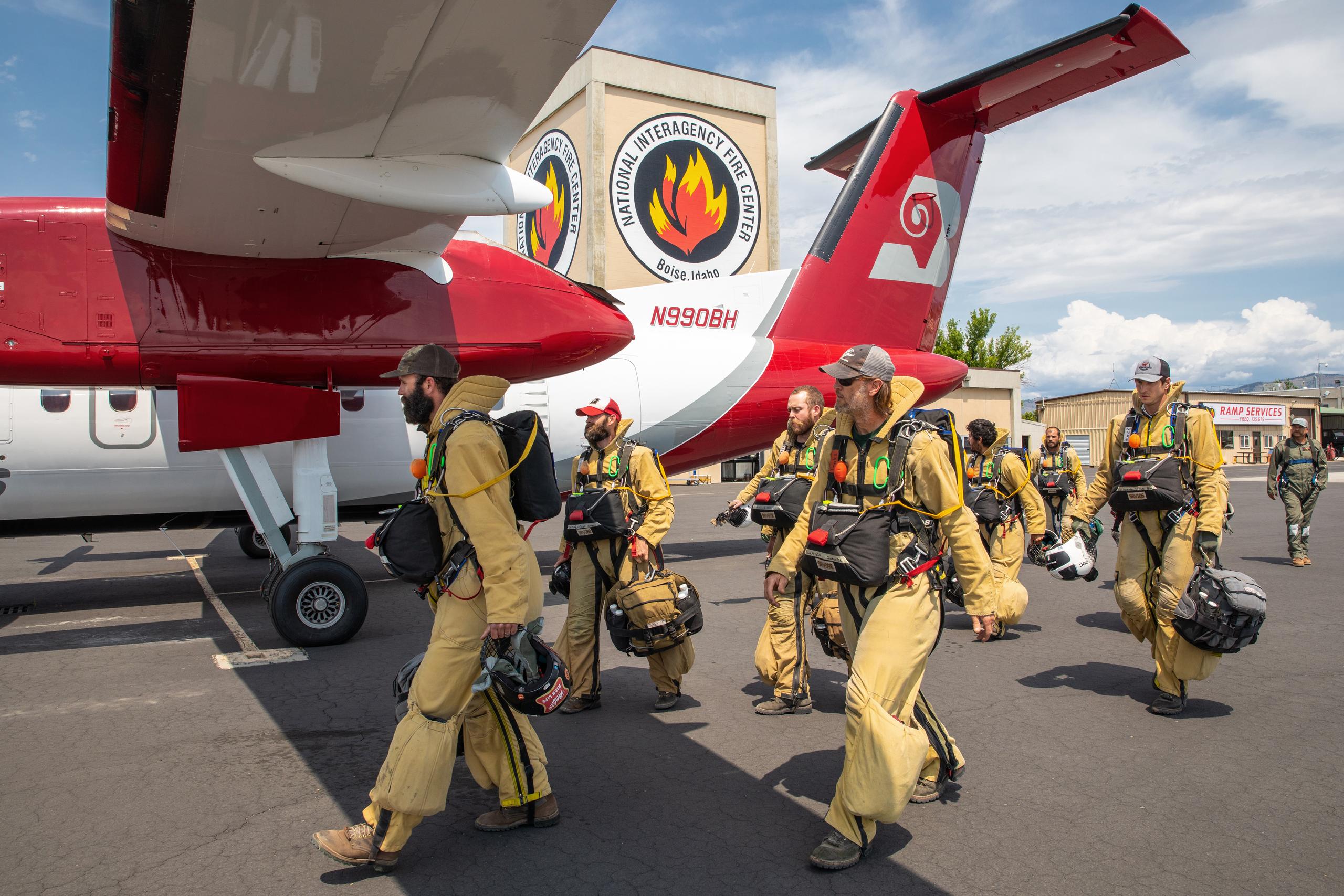
Smokejumpers prepare for a training jump in Boise, Idaho. Photo by Neal Herbert
Smokejumping's main goal is to put out small, remote fires before they turn into destructive beasts. These fires often begin in areas which are not accessible by road, and the smokejumpers become one of the only effective tools for eliminating the fires early on.
Unlike conventional firefighters who primarily fight blazes with water cannons, smokejumpers clear the area around a fire and remove its fuel, utilizing hand tools like a pulaski ax. The crew will dig a line around the fire in order to starve it of dry material needed to continue the blaze—a gust of wind carrying stray embers or a flaming tree branch can spread the fire beyond their control, putting the crew and nearby communities in grave danger.

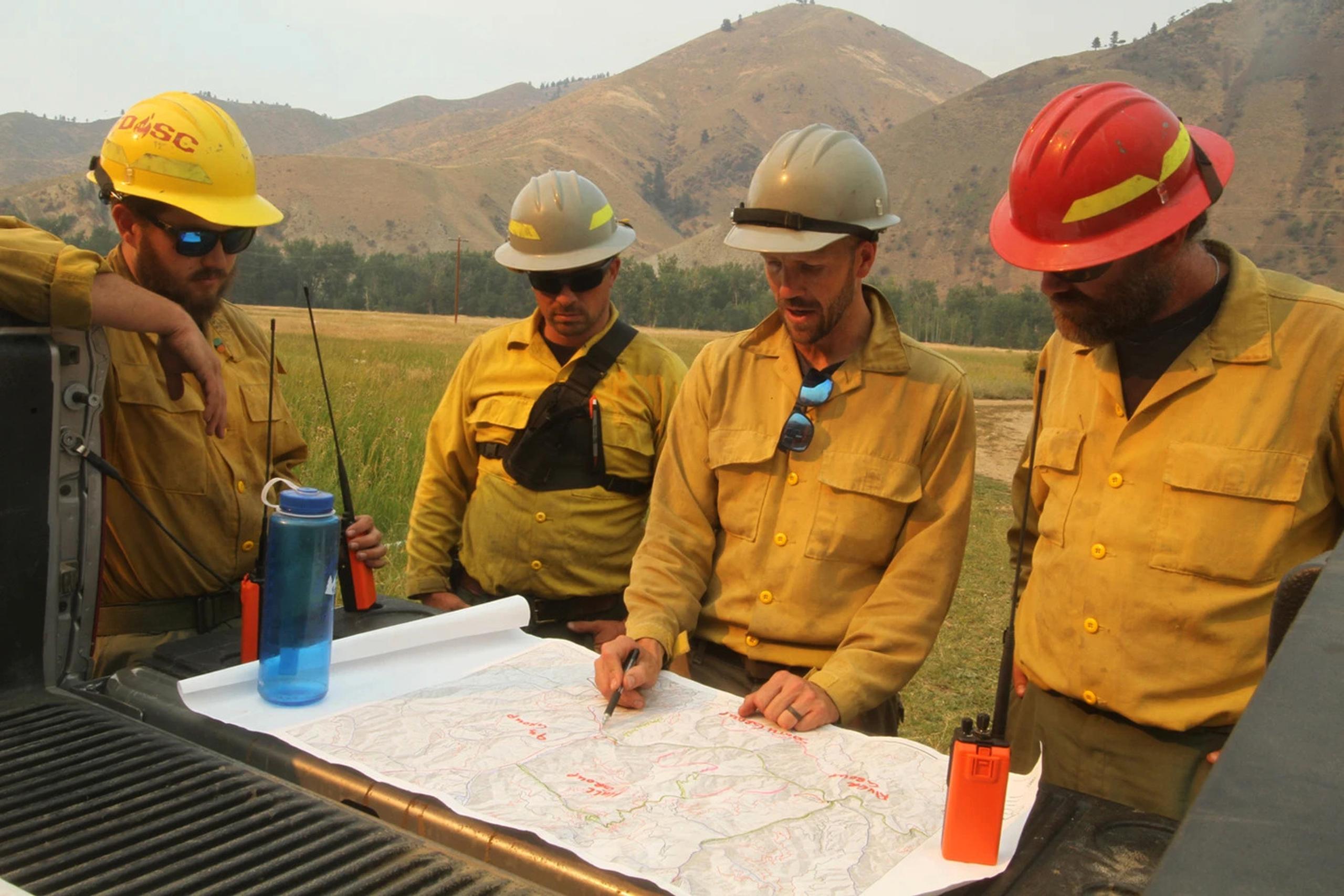
As you might expect, this is one of the most dangerous occupations in the world. To be considered for service, one needs to be at peak mental and physical fitness. The demands have been likened to the Navy SEALS; there are only 450 active jumpers in the United States.
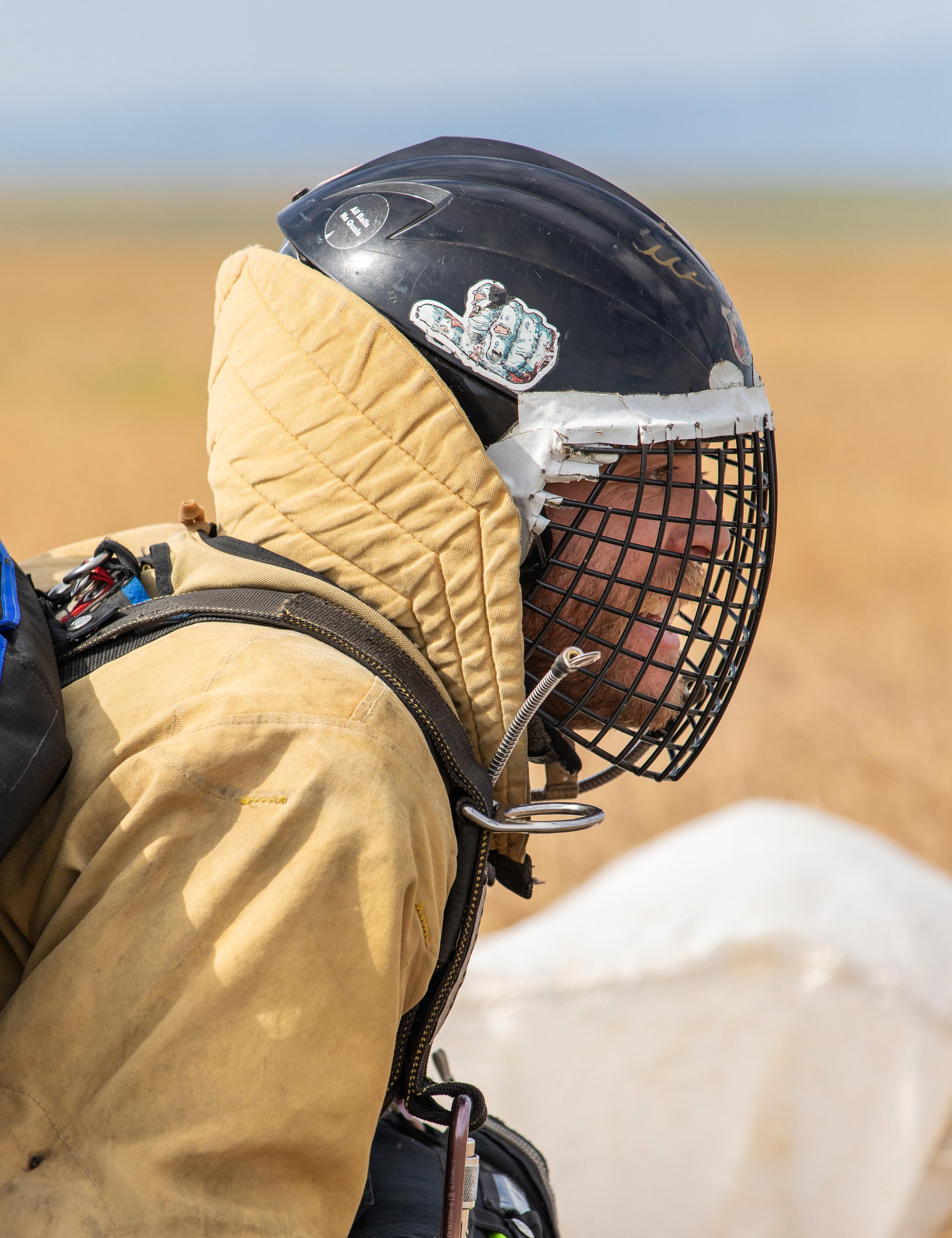
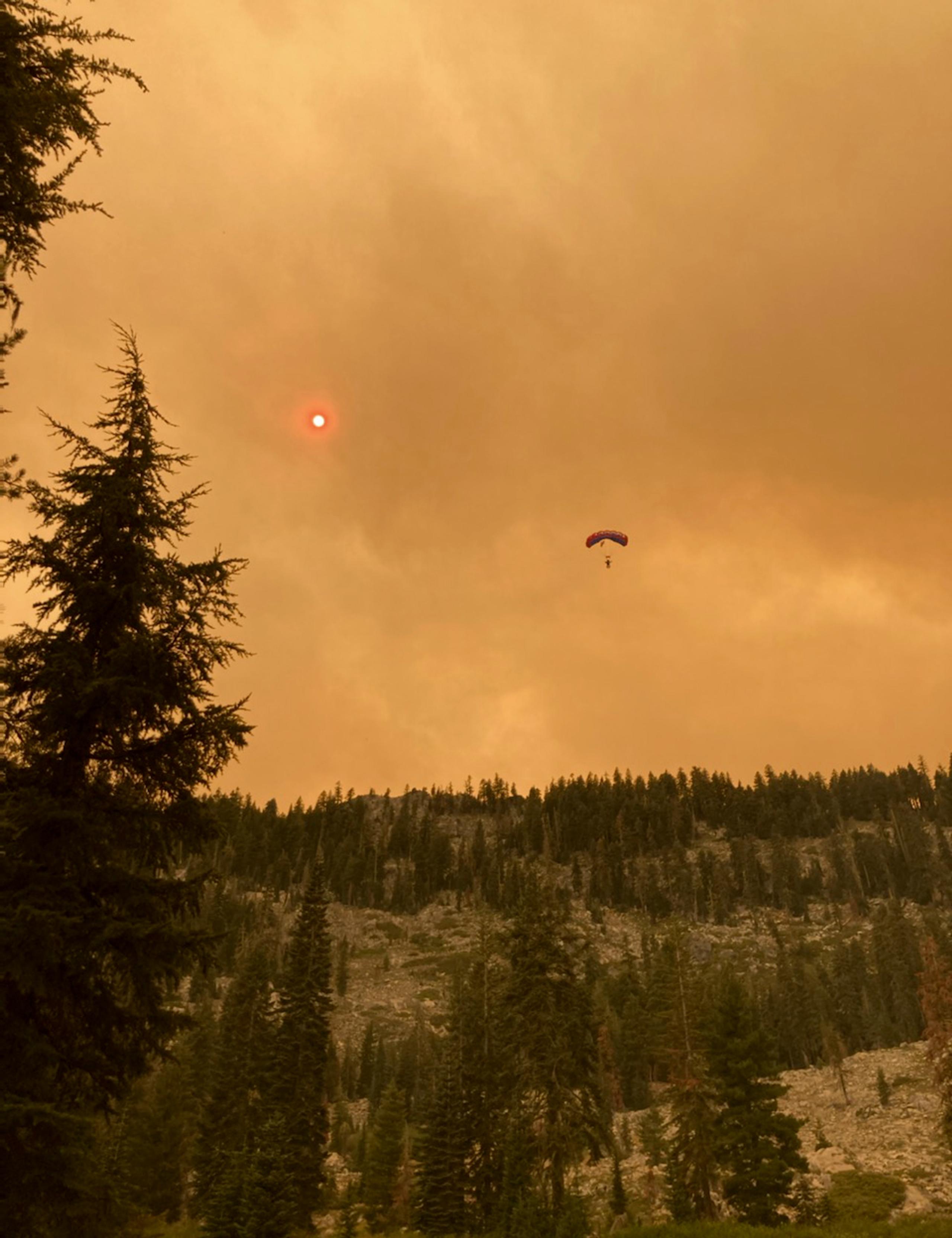
One study found that California’s fires alone made up 30 percent of the state’s overall emissions, and was, according to a joint study from UCLA and the University of Chicago, almost double the total amount of carbon dioxide reductions made since 2003.
Thankfully, there is acknowledgement in Sacramento that fighting wildfires means fighting climate change. Governor Newsom’s 2022 budget allocated $2.7 billion “to reduce the risk of catastrophic wildfires and bolster forest health”, with both climate and the safety of nearby communities in mind.
But it’s not just California’s wildfires of course. Globally, fires accounted for more than 1.76 billion tons of carbon in 2021, which was more than twice the annual emissions of Germany, the world’s fourth largest economy.
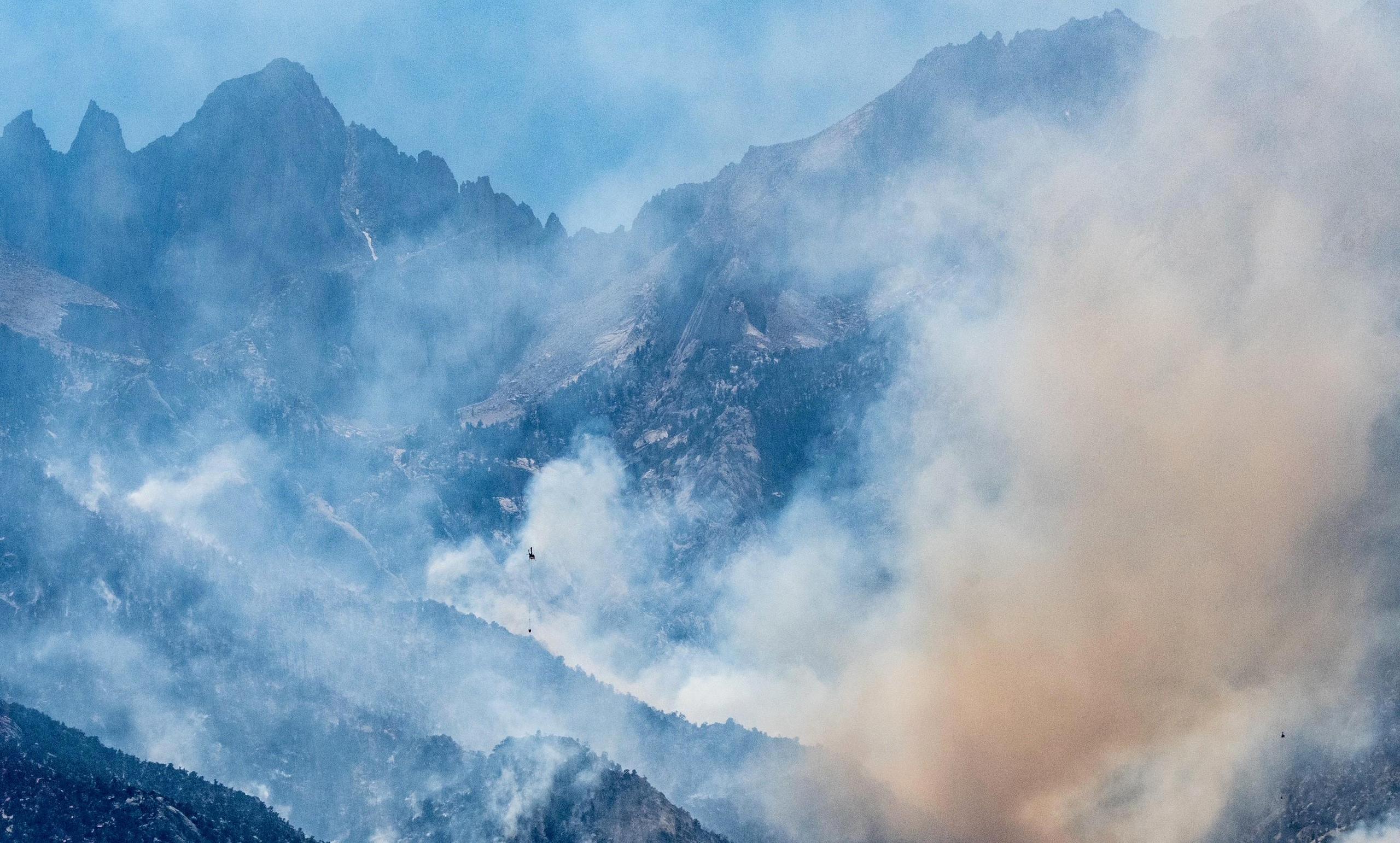
Inyo Creek Fire, CA 2021
Given the importance of their role, and the gradual lengthening of fire season in the Western US, there ought to be many more smokejumpers. Aside from the evident dangers of the occupation, entry level smokejumpers make just $48k per year (by comparison, new hires for the Los Angeles Fire Department make $78k), making recruitment for the smokejumpers a challenge at the moment when we need them the most.
"We spend all day every day building gear to take on the next adventure; the least we could do is help those who protect our playground,” says AETHER co-founder Palmer West. “The smokejumpers’ selfless devotion to keeping our forests alive helps the CO2 consumers do their job and stops the release of enormous amounts of climate-changing carbon into the air.”
After learning about the dramatic impact that preventable wildfires have on the environment that we all share and rely on, the role that smokejumpers play in averting the worst outcomes is clear. We believe that creating better conditions for these essential workers is not just an important issue for Californians or Americans, but every citizen of the world.
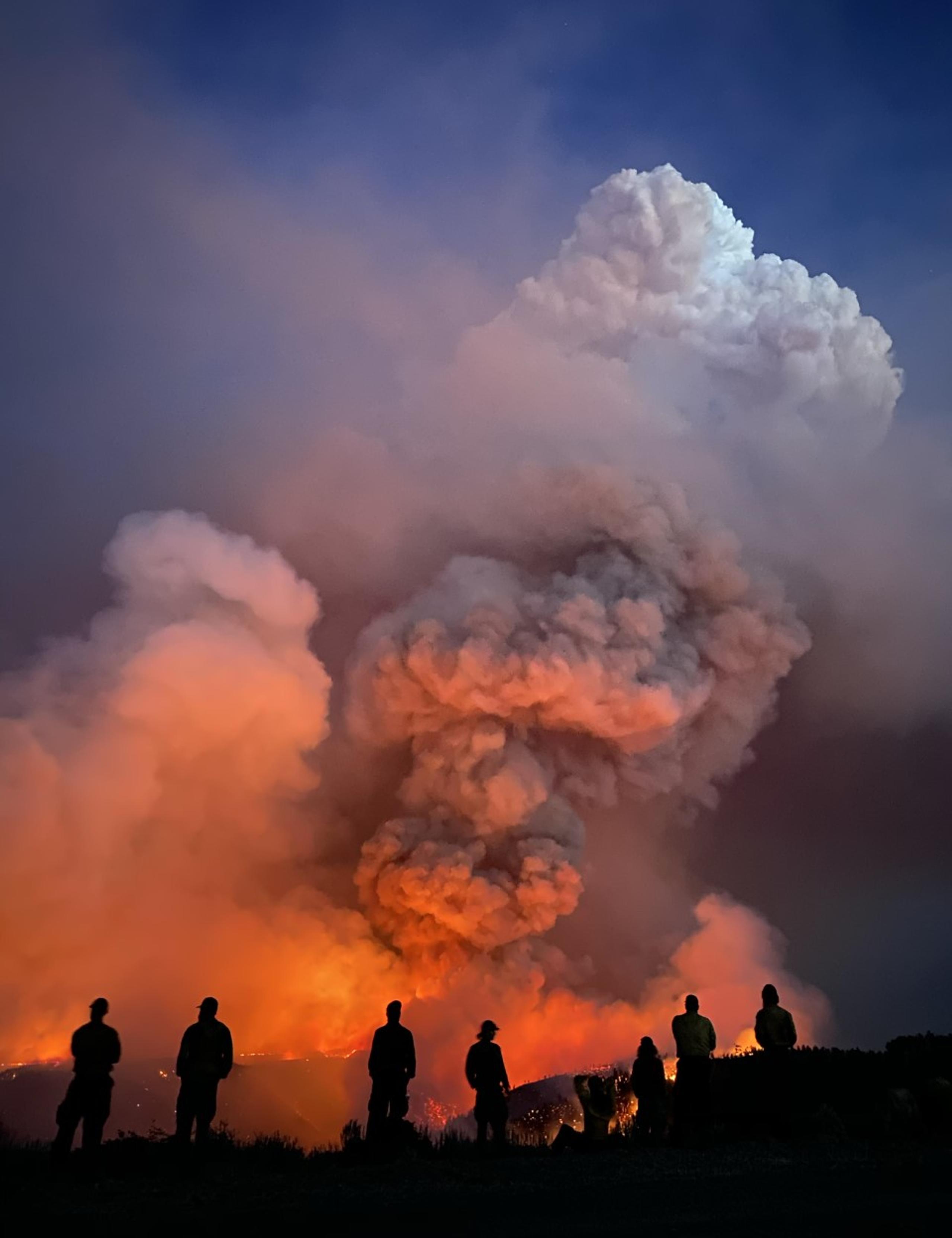

Stay tuned to learn more about Smokejumpers and follow along our journey to advocate for fairer wages and acknowledgment for this essential group of humble, fearless heroes.



